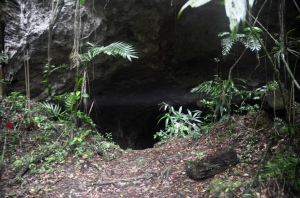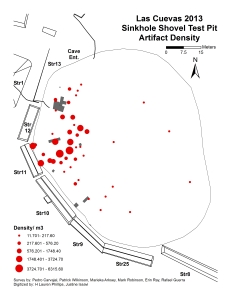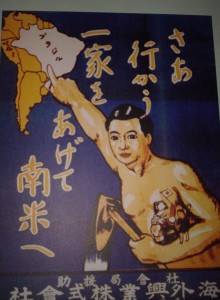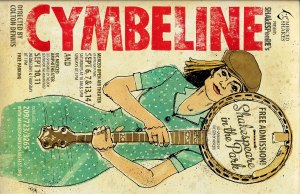by Dorie Perez
The interaction between a patient seeking medical care and a doctor seeking to understand both the biomedical and human-emotional imperative behind a sick person’s quest for help is no small thing. For the second-to-last seminar in our series, Dalia Magaña presented her linguistic study of the doctor-patient interview. 23 Spanish interviews in the United States between a doctor and patients seeking to address the problem of mental illness were used as her data.
These medical encounters are compounded by issues of cultural competency, agency, and the creation of identity around health diagnoses. Magaña applies linguistic analysis to these encounters on two fronts: 1) language that reflects interpersonal shifts in the medical interviews and 2) trans-cultural strategies utilized to accommodate or fill in the gaps of non-English speaking patients. The cultural context and social expectations of the patient are central to the medical experience, especially as previous studies have shown that patients seeking care with providers in their primary language almost always get a better quality of care. Such documented disparities in care are also compounded by the specific health needs that the larger Latino population in the U.S. face, such as diabetes and high blood pressure and the issues of accessibility that such medical care necessitates.
The situational dynamics of the interview itself must also be considered within its cultural context. Magaña focuses her analysis in this chapter on register – the field, tenor and mode of interactive language. The language’s utility itself, explicitly as the practical use of particular words and phrases, is the other fundamental part of her analysis. She argues that it is this situational analysis of language, not just the cultural context specific to the biomedical encounter, that can lead to an increased understanding of what makes a more efficient, situationally-attuned medical visit and thus, better health outcomes overall.
As there are no book-length linguistic works on doctor-patient interactions on Spanish spoken in the U.S., this paper offered a detailed description of the language (using Register Theory), with a significant emphasis on trans-cultural interactions. Jargon-heavy discussion mystifies treatment for patients afraid to seek clarification and reinforces the social differences between patients and the doctor. The burden is placed on the doctor to make discussion of their work less technical, removing the trappings of specialized technological discourse that are so celebrated in the biomedical field. The social agency of the doctor bears the responsibility for creating, through language, an informal atmosphere. According to linguistic and social theory literature, fostering such an engaged exchange encourages patients to speak freely. In this moment, the dynamics of the dialogue between patient and doctor privileges the patient.
In these interviews, the subversion of traditional hierarchies of power, reflected in the social status of medical doctors and the specialized medical knowledge they embody, happens due to the fact that patients spend the majority of the medical encounter talking about their own experiences. This emphasis on the patient’s lived experience is significant and necessitates the employment of trans-cultural strategies by the doctors. Each encounter is timed, and most of the encounter spent talking is done by the patient who uses this interaction to clarify their positionality by expressing what’s important to them in a time of medical crisis. The interview is bounded in other ways, with limited interruptions by the doctor as well as informal language used to put patients at ease add to the strategic component of such encounters. Magaña’s use of register theory is helpful here as it is topsy-turvy in the variables it considers important in an interview, identifying how linguistic choices that both patient and doctor make to convey their experiences and knowledge can be empowering.








